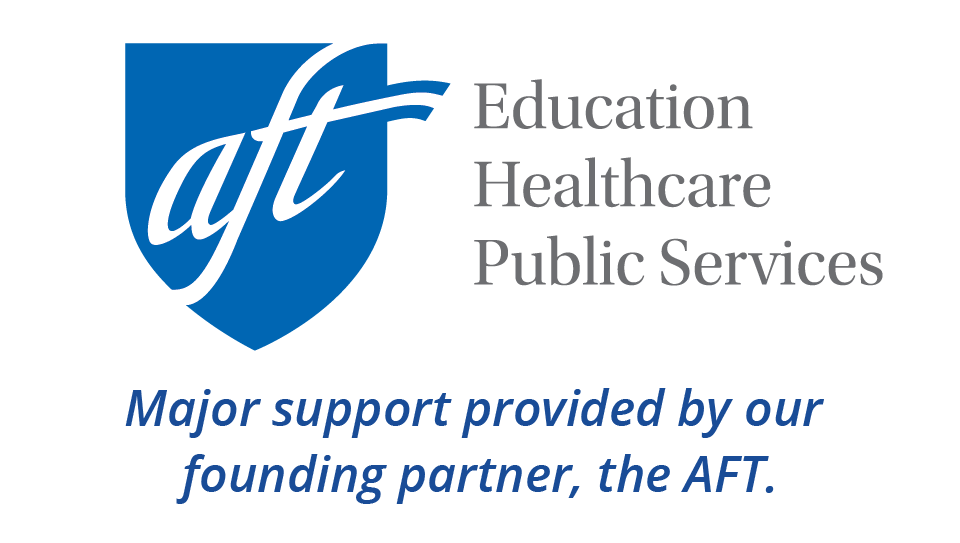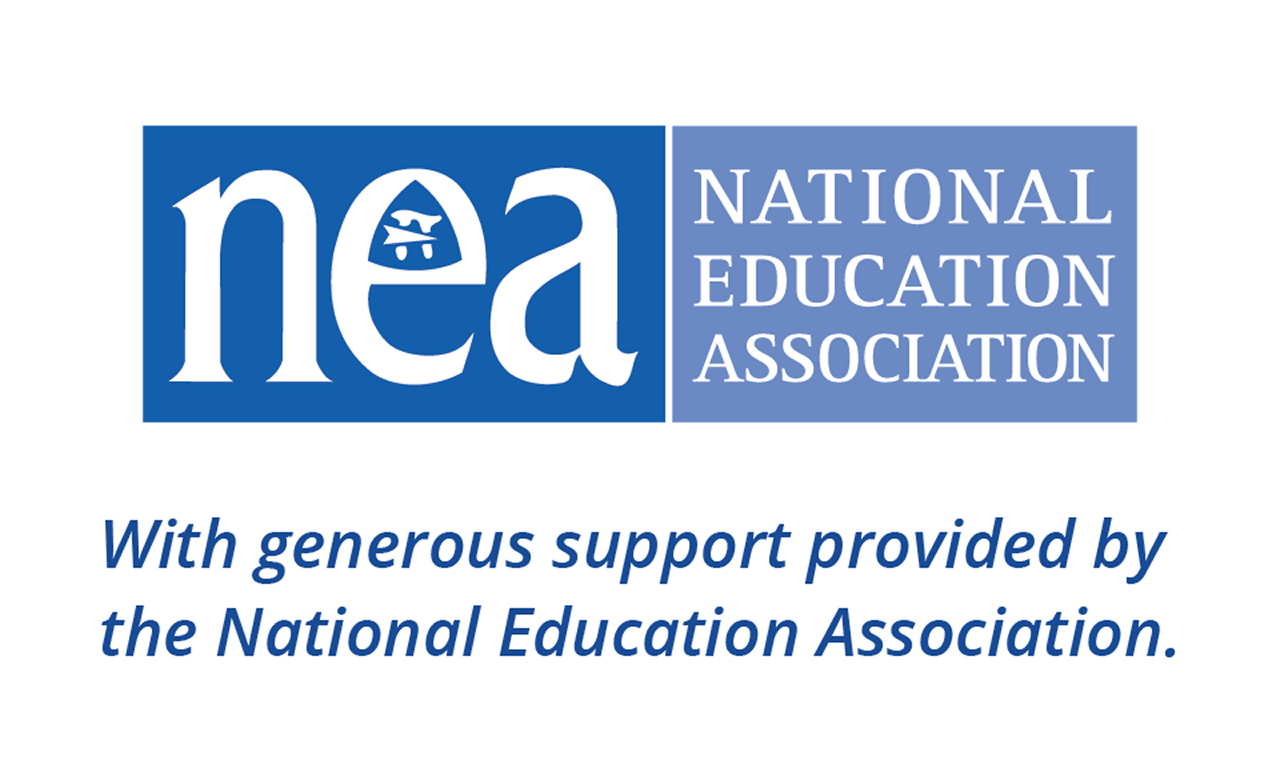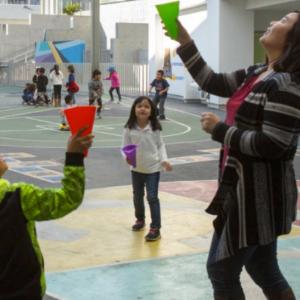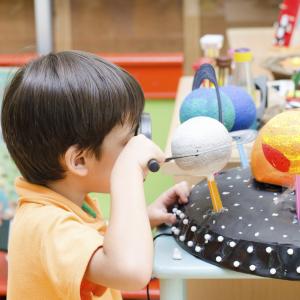Alaska: ELL Resources
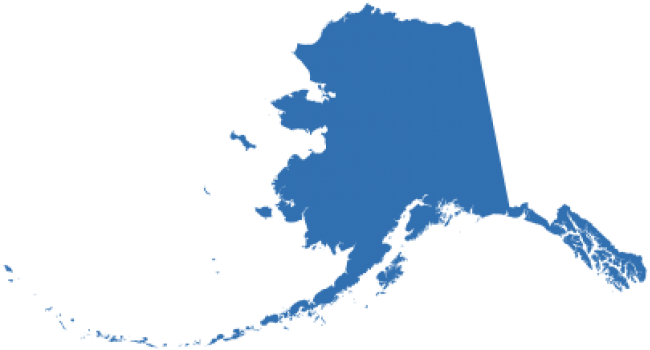
As of 2019, Alaska's schools were home to more than 15,000 English language learners. Currently, more than 40% of the state's multilingual students are Alaska Native. In recent years, the most common five languages spoken by ELLs in Alaska were Yupik, Spanish, Filipino, Inupiaq, and Samoan. (U.S. Dept. of Education, National Center for Education Statistics)
Alaska is a member of WIDA (World-Class Instructional Design and Assessment), joining in 2011. WIDA is a consortium of states dedicated to the design and implementation of high standards and equitable educational opportunities for English language learners.
Note: For additional state-by-state data and information, see New America's English Learner Accountability Hub.
State ELL Resources
Alaska Department of Education
- State ELL Website: English Language Learner and Title III Resources
- Multilingual Certifications: Alaska Seal of Biliteracy
Related resources
Statewide Organizations
Recommended Resources
Books and Booklists
Note: Regulations change with time. If you see something that needs updating, please send an e-mail to Colorín Colorado. For more detailed information regarding ELL guidelines and policies at the state and federal levels, please see the following:
References
U.S. Department of Education. Our Nation’s English Learners. Most Common Non-English Languages Spoken by English Learners.



